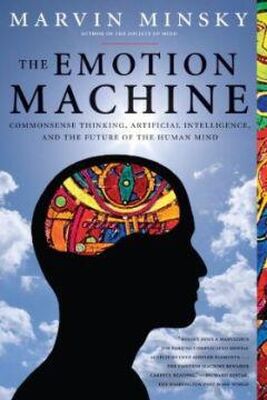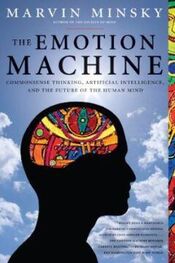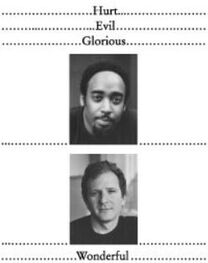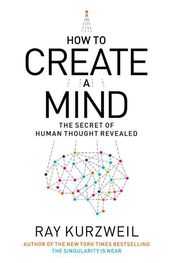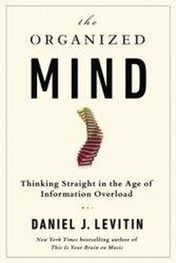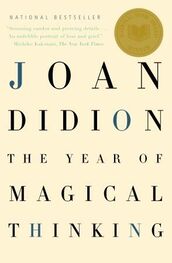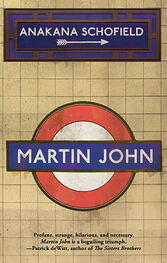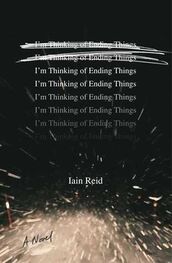In Sentics , New York: Doubleday, 1978, the pianist-physiologist Manfred Clynes describes certain temporal patterns, each of which might serve as a ‘command’ to induce a certain emotional state.
G. Spencer-Brown, Laws of Form, Crown Pub. 1972, ISBN :0517527766
One could ask the same questions about gossip, sports, and games. See How people spend their time , http://www2.stats.govt.nz/domino/external/pasfull/pasfull.nsf/0/4c2567ef00247c6acc256ef6000bbb61/%24FILE/around-the-clock.pdf
In his 1970 PhD thesis, Patrick H. Winston called this a “similarity network.” See [AIM xxx].
http://www.gutenberg.net/etext94/arabn11.txt
Letter to Joseph Priestly, 19 Sept. 1772.
See http://cogsci.uwaterloo.ca/Articles/Pages/how-to-decide.html
Section 30.6 of SoM discusses why the idea of free will seems so powerful. There are many more ideas about this in Daniel Dennett’s 1984 book, Elbow Room: The Varieties of Free Will Worth Wanting, ISBN 0262540428.
Section 30.6 of SoM discusses why the idea of free will seems so powerful. There are many more ideas about this in Daniel Dennett’s 1984 book, Elbow Room: The Varieties of Free Will Worth Wanting, ISBN 0262540428.
See the book, Computers and Thought for some of the accomplishments of that period.
Evans, Thomas G. (1963) A Heuristic Program to Solve Geometric-Analogy Problems , abridged version in Minsky (ed) Semantic Information Processing, MIT Press 1968, pp. 271-353.
Aristotle, On the Soul, Book I, Part 1.
Richard P. Feynman , The Character of Physical Law, MIT Press, Cambridge, MA 1965. ISBN 0262560038, p168.
Antonio R. Damasio, Descartes’ Error , Avon Books, Nov 1995, ISBN: 0380726475
[A system would also face similar problem if several Selectors were turned on at once? Refer to §Currencies.]
At the lowest levels, the Critics and Selectors become the same as the Ifs and Thens of simple reactions. At the reflective and higher levels, the Critics will tend to engage so many resources that they can’t be distinguished from Ways to Think. In his essay, “Reflective Critics,” Push Singh discusses Critics with such abilities. See http://web.media.mit.edu/~push/ReflectiveCritics.pdf
Logic can be useful after a problem is solved, for making credit assignments [§8.5] and for solving simplified versions of problems. See §§Logic.
There is an excellent survey of attempts to classify Problem-Types on Manuela Viezzer’s webpage at www.cs.bham.ac.uk/~mxv/publications/onto_engineering. One such attempt was made in a rule-based theory of thinking called SOAR. There, obstacles were called ‘impasses’ and were classified into just four types: (1) no rules apply to the situation, (2) several rules match, but there is no higher-level rules to choose among them, (3) there are several such rules but they conflict, and, (4) all such rules have met with failure. For more about Soar, See http://tip.psychology.org/newell.html
Reference to Push Singh’s paper on “Reflective Critics.”
Principles of Psychology. Chap. 25 p452
See Ortony, A., Clore, G.L., Collins, A., The Cognitive Structure of the Emotions , New York, Cambridge University Press (1988).
These quotations are from Poincare 1908. The Foundations of Science, 1982, ISBN: 0819123188.
In comp.ai.philosophy, Nov 20 1995.
Some theorists question the existence of —this sort of unconscious processing. Paul Plsek discusses this issue at length: “Some experts dismiss the notion that creativity can be described as a sequence of steps in a model. For example, Vinacke (1953) is adamant that creative thinking in the arts does not follow a model [and] Gestalt philosophers like Wertheimer assert that the process of creative thinking … does not lend itself to the segmentation implied by the steps of a model. But while such views are strongly held, they are in the minority. … In contrast to the prominent role that some models give to subconscious processes, Perkins (1981) argues that subconscious mental processes are behind all thinking and, therefore, play no extraordinary role in creative thinking.” —Paul E. Plsek in www.directedcreativity.com/pages/WPModels.htmlAsk him at paulplsek@directedcreativity.com: See also Perkins, DN (1981) The Mind’s Best Work. Cambridge, MA: Harvard University Press; Vinacke, WE (1953) The Psychology of Thinking. New York: McGraw Hill; and Wertheimer, M (1945) Productive Thinking. New York: Harper.
http://nobelprize.org/medicine/laureates/1973/tinbergen-lecture.html
http://nobelprize.org/medicine/laureates/1973/lorenz-lecture.html
This could be related to why some brain waves become irregular when our thinking encounters obstacles.
This figure includes the names of some current ideas about how such records are represented. One can see descriptions of some of these schemes by searching the Web with keywords like working memory, short-term memory, and global workspace. The ideas of Bernard Baars (see http://www.imprint.co.uk/online/baars.html) seem especially relevant to me.
The construction of long-term memories appears to involve special kinds of sleep, in ways that are not yet understood. It also appears that different kinds of memories (e.g., about autobiographical events, about other kinds of episodes, about what are called ‘declarative’ facts, and about perceptual and motor events) are each stored in somewhat different ways and in different locations in the brain.
Section 19.10 of The Society of Mind described a scheme called “Closing the Ring” that could help to re-connect some of the parts that were not at first retrieved.
This is a version of a scene described in chapter §1.0 of “The Society of Mind.”
“Et le second est que, bien qu’elles fissent plusieurs choses aussi bien, ou peut-être mieux qu’aucun de nous, elles manqueraient infailliblement en quelques autres, par lesquelles on découvrirait qu’elles n’agiraient pas par connaissance, mais seulement par la disposition de leurs organes. Car, au lieu que la raison est un instrument universel, qui peut servir en toutes sortes de rencontres, ces organes ont besoin de quelque particulière disposition pour chaque action particulière; d’où vient qu’il est moralement impossible qu’il y en ait assez de divers en une machine pour la faire agir en toutes les occurrences de la vie, de même façon que notre raison nous fait agir.” Rene Descartes, in Discours de la méthode (1637)
Читать дальше